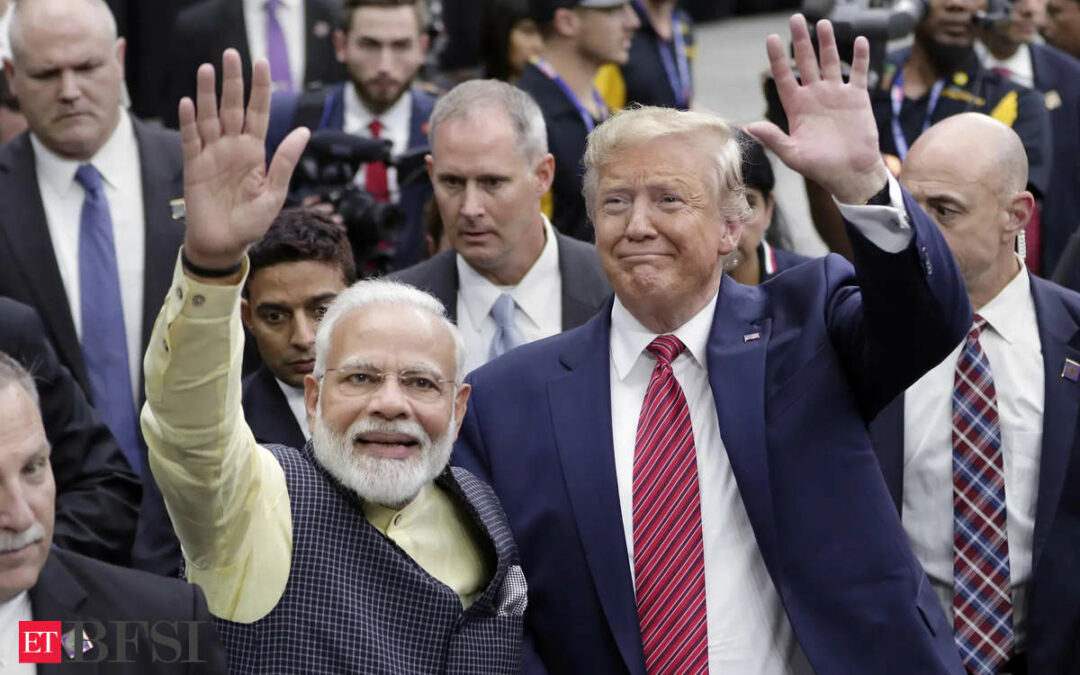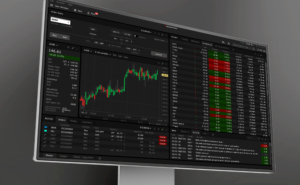Senior Indian government officials are preparing fresh policy briefs, especially on trade and investment, following the election of Donald Trump as the next US president, two officials told ET. During his campaign, Trump had threatened to impose tariffs on imports to protect US jobs.
While the government hopes Trump’s second stint will further bolster India-US relations, it wants to prepare for the change of guard in January and convey New Delhi’s views on critical issues to allay any misplaced fears and showcase the country’s investment potential, one of them said.
“Some of the details, especially on trade, may also be sent to the Indian embassy in Washington DC to enable it to clear any misconception that may arise about India’s policies there,” said one of the officials.
A final decision on the matter will be taken by the political leadership, he added.
“Details of enormous investment opportunities in India, including in infrastructure, could also be prepared,” said another official.
“The country’s ability to emerge as an investment hub for any diversification in the global supply chains away from China” could be highlighted, the person said.
Trump has described India a “tariff king,” and during his latest poll campaign, called it a “very big (trade) abuser”, while maintaining his strident criticism of China’s trade policies.
A mini trade deal involving concessional tariffs between India and the US on a number of products, which was being hammered out under the first Trump term, wasn’t pursued by the Biden administration. The prospect of a fresh trade deal is now brighter, said experts.
In 2017, the commerce ministry had prepared a note for the embassy to sensitise the US administration after Trump had claimed Harley Davidson was paying 100% duty on motorcycles it was exporting to India. The ministry’s note had highlighted that Harley, which had a plant in India at the time, used to import components in pre-assembled form and these were subject to just 10% duty.
“The idea is that if India doesn’t keep all the relevant facts before the new US regime, vested interests may always try to feed their own agenda, which may not be in India’s interests,” another official said.
Senior officials said India’s duties remain well below limits allowed under the World Trade Organization (WTO) framework. The average tariff applied by India stood at 17% in 2023, below the average bound rate-or the permissible limit-of 50.8%, according to the latest WTO data. The country’s trade-weighted average tariff is even lower, at 12%. This shows India has been restrained in hiking tariffs, despite “some rationalisations” in the past decade, said one of them.
The US meanwhile applied an average of 3.3% tariff in 2023, almost as high as the permissible limit of 3.4%. Its trade-weighted average tariff stood at 3.2%. Permissible limits for countries are negotiated by members at the WTO after taking into account a range of factors, including the stage of a country’s development.
In his first term, Trump had slapped additional duties on steel and aluminum from a number of countries, including India and China.
He had also pushed India to ramp up imports from the US, including farm products.
The two countries had also approached the WTO to settle disputes.
The US is currently India’s largest export destination. India had a trade surplus of over $24 billion with the US between January and August this year. It’s also the third-largest foreign direct investment source for India.
“Things have changed much since Trump’s first term. India now remains the world’s fastest-growing major economy, promising good returns on investments,” said one of the officials cited above. “And the Covid outbreak has exposed the cost of reliance on the supply chains dominated by China. So, if the diversification away from China may accelerate under Trump, India should be ready.”
The International Monetary Fund has forecast India will remain the world’s fastest-growing large economy in this financial year and the next, with 7% and 6.5% expansion, respectively, more than double the global average.











